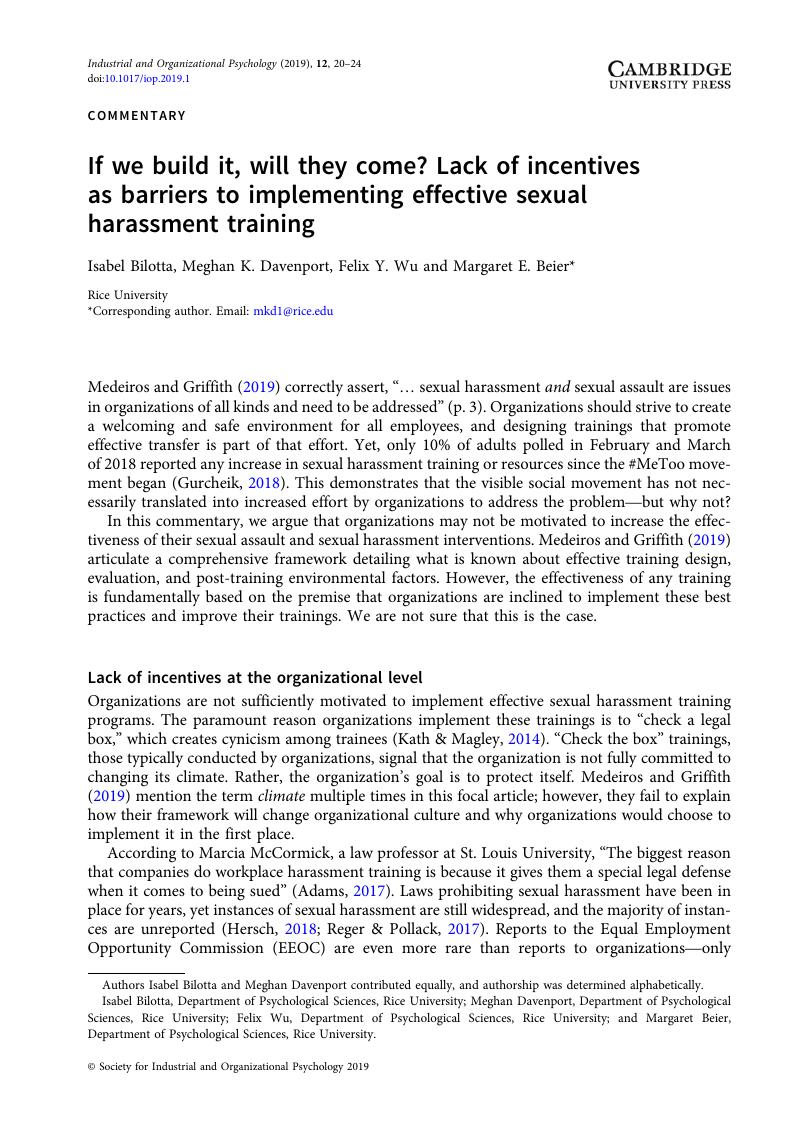Crossref Citations
This article has been cited by the following publications. This list is generated based on data provided by Crossref.
Zelin, Alexandra I.
and
Magley, Vicki J.
2020.
Handbook of Interpersonal Violence and Abuse Across the Lifespan.
p.
1.
Zelin, Alexandra I.
and
Magley, Vicki J.
2022.
Handbook of Interpersonal Violence and Abuse Across the Lifespan.
p.
3941.





